In the beginning, programmers (or "coders", as they encoded) wrote programs on paper, then either hand-assembled them into machine language instructions, or typed them into punch cards and fed those into the Machine, which ran the program and printed results. By the '60s, time-sharing allowed you to interactively work on a program, typing instructions into an editor or live REPL (Read Eval Print Loop), like Kemeny & Kurtz's BASIC.
Even when I began programming in the late '70s, with microcomputers where you were the sole user and interacted, you were encouraged to write out your programs ahead on paper, to think before programming. While not strictly necessary, it turns out that was a good discipline, and I continued to do it in high-level form ("pseudo-code") for a long time. And so I have an anachronistic fondness for coding forms, photocopied/mimeographed grids for writing your program in. Whenever I find them in old computer books, I get a good scan, clean it up as much as possible, and post it here:
TRS-80 BASIC Coding Form:
TRS-80 Video Display Worksheet:
IBM Fortran Coding Form:
Elliott Algol Coding Sheet:
Atari GR.3 Sheet (oddly stops at x=38, should go to 39):
Getting Started in BASIC (from 1972 PCC newsletter ):
Note: Adapted from My Computer Likes Me (when i speak in BASIC), by Bob Albrecht
SCR => NEW
Spindex's For All Ages Computer Tools coding sheet (9 half-pre-numbered lines of 20 columns):
and graphics sheet (1-48 x 1-28, matching no computer?):
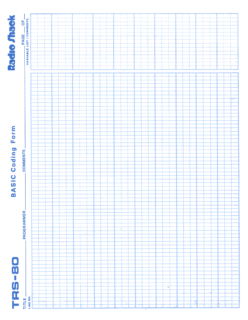

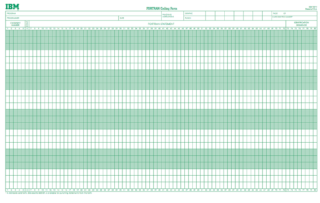
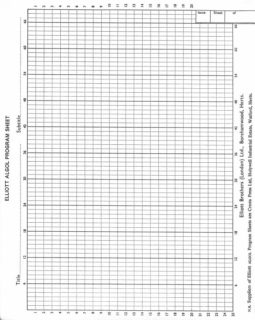
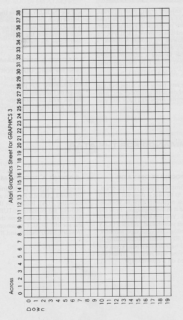


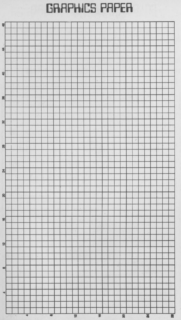
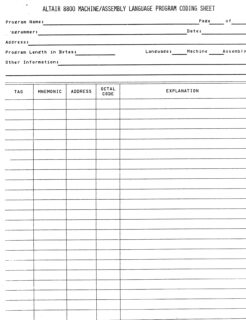
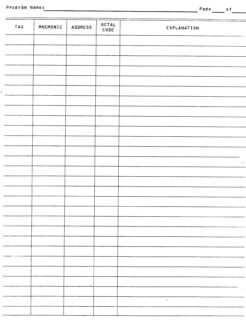
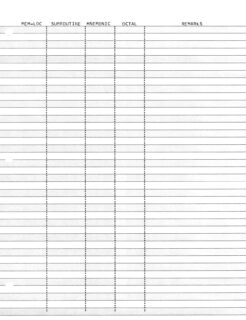
Atari 8-bit Nanorogue ATR disk: Nanorogue, Matriculated Rain, New Year's programs, and more, with launcher. Insert as disk 1, reboot! Atari 400/800: Remove BASIC cartridge…